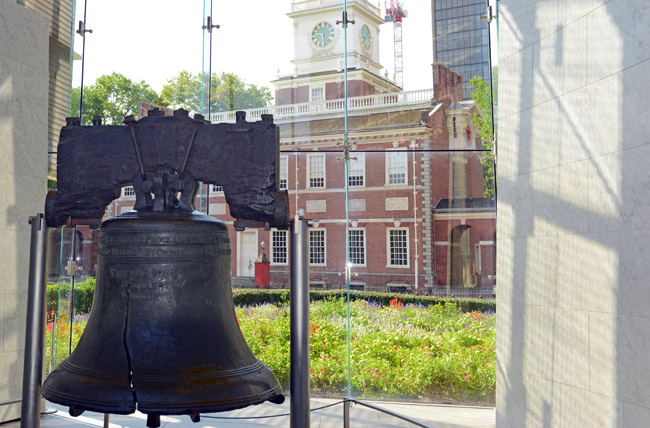
Philadelphia, Pennsylvania has a total of 152 neighborhoods including Old City, Northern Liberties, Center City, University City, South Philadelphia, and Manayunk, to name a few. A city of neighborhoods, each has its own character and all are culturally and ethnically diverse.
Philadelphia is a classic American city with easy access to and from any one of the five Penn Medicine hospitals. Philadelphia is easy to navigate whether by driving or utilizing public transportation.
Known as the "City of Brotherly Love" and named "America's Next Great City" by the National Geographic Traveler magazine, Philadelphia is viewed as an "open city" because it welcomes people from all walks of life and every corner of the world.
Located just two hours away from New York City, the mountains of Pennsylvania, the Jersey Shore and the nation's capital, Washington D.C., Philadelphia is truly at the center of it all.
Penn Medicine in Philadelphia Neighborhoods
University City, located in West Philadelphia, is one of the city's most vibrant and diverse neighborhoods. It is home to two Penn Medicine hospitals: the Hospital of the University of Pennsylvania and Penn Presbyterian Medical Center. The University of Pennsylvania, one of only eight Ivy League institutions in the United States, is also located here.
This dynamic, close-knit community is home to college students, artists, and families who co-exist amid world-class universities, dining, nightlife and cultural offerings. University City is easily accessible by car or public transportation and offers a range of housing options and cultural activities.
The Society Hill section of Philadelphia is home to Pennsylvania Hospital, the nation's first hospital. A beautiful and historically preserved section of the city, Society Hill has Washington Square Park, and is within walking distance to the downtown shopping district and historic Old City.
Philadelphia's Rich History: A Pioneer in Education and Health Care
Philadelphia is located in the state of Pennsylvania, which dates back to 1682.
Philadelphia - and Penn Medicine - has long been a center of innovation in education and health care:
- In 1750, Benjamin Franklin helped found the nation's first modern university, now known as the University of Pennsylvania.
- In 1751, Franklin founded Pennsylvania Hospital, now part of Penn Medicine.
- In 1765, Drs. William Shippen and John Morgan received faculty appointments at the nation's first medical school, now the Perelman School of Medicine.
- Dedicated in 2008, The Ruth and Raymond Perelman Center for Advanced Medicine uses innovative architecture and interior design to dramatically enhance patients' comfort, convenience, privacy and overall health care experience.
- Recently opened, the Roberts Proton Therapy Center at the Hospital of the University of Pennsylvania brings state-of-the-art, precisely targeted radiation therapy to the Mid-Atlantic for the first time. It will be the most comprehensive such facility in the world, and the first to be fully integrated into an academic medical center.
- Smilow Center for Translational Research helps research teams accelerate targeted scientific discoveries for a wide range of diseases and train the next generation of physicians. This also provides support to enhance Penn Medicine’s internationally recognized strength in biomedical and translational research. The innovative design of this building allows researchers to mine large amounts of genetic, imaging, and biomarker data for patterns, and analyze gene sequences and drug targets.